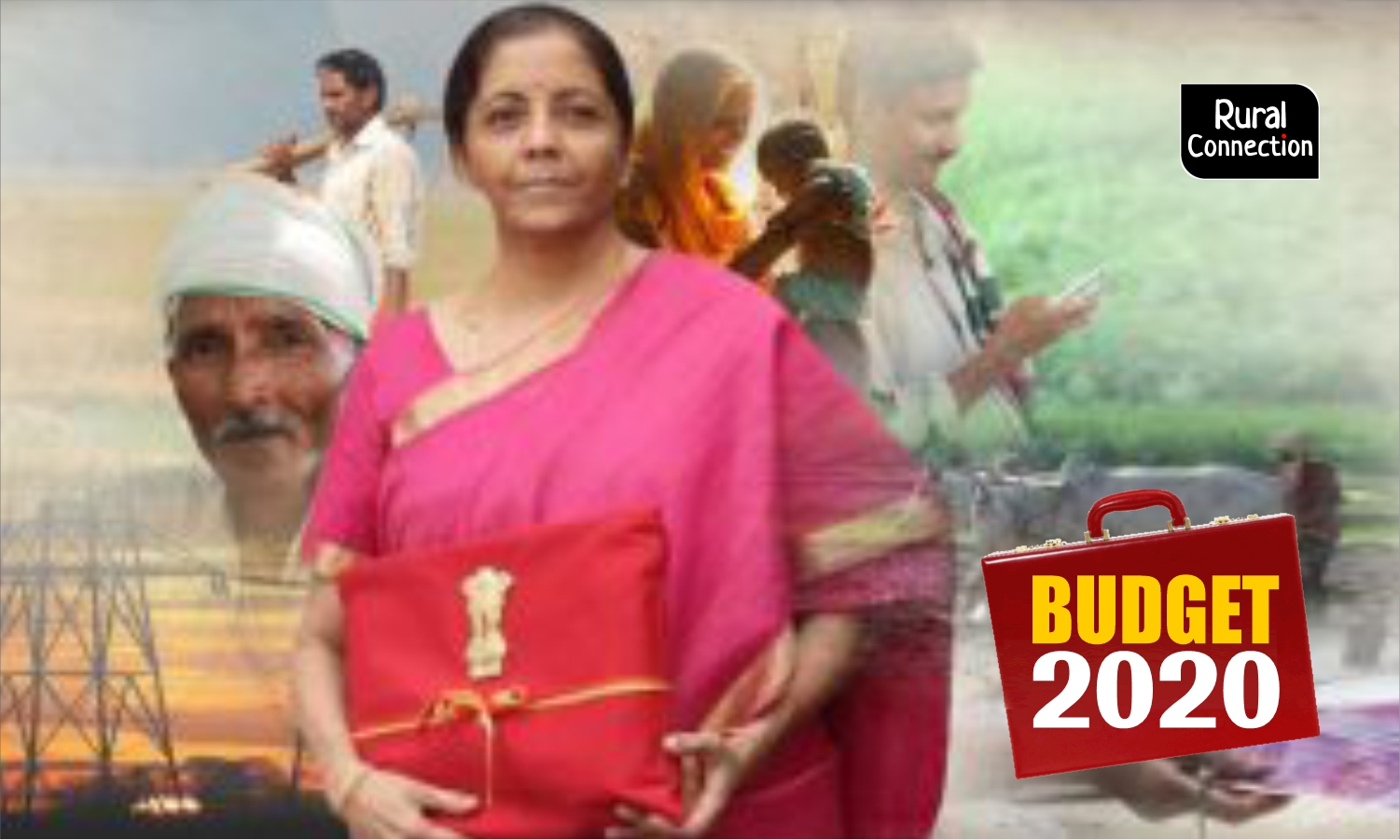On February 1, 2020, Finance Minister Nirmala Sitharaman will present the ‘bahikhata’ for the Indian economy. This budget is crucial given that the country now stands on the cusp of an economic slowdown.
From farmers to the financers, from industrialists to individuals, from defence to development, and from internal trade to external trade, everyone is eyeing on this Budget. The Budget should address three major challenges before the economy — increasing poverty as highlighted by the Sustainable Development Goals (SDGs) India Report 2019; shrinking employment; and economic development and inflation.
Increasing poverty, inequality
The United Nations has established 17 goals under SDGs and the first is poverty. As per the NITI Aayog’s latest ‘SDG India Report 2019’, poverty has increased in 22 states and Union territories (UTs) of the country in 2019 as compared to 2018. In fact, poverty has increased rapidly in states like Bihar, Odisha, Uttar Pradesh, Punjab, Assam and West Bengal.
So, the first problem in front of the government is the increasing ‘hunger and inequality’ in the country.
The report states that the number of hungry people has increased in 24 states and UTs, and subsequently inequality has also been increased in 25 states and UTs. However, the Aayog restrained from presenting any credible suggestions to tackle these problems.
Recently, the National Sample Survey Office (NSSO) published a report stating that the rate of increase in per capita income in India is at the lowest in the last nine years. This reflects the increasing poverty in India.
The budget should lay out the government’s plan to deal with the increasing inequality and hunger in the coming years. The government will have to decide whether to stick to fiscal discipline or increase budgetary expenditure for social and developmental schemes.
Shrinking Employment Opportunities
The second major challenge is the shrinking employment opportunities in the country. A research report of the State Bank of India (SBI, India’s largest bank, said 16 lakh fewer jobs will be created in the current financial year compared with the previous one. It said that weak states like Uttar Pradesh and Bihar will be affected the most due to any decline in employment opportunities if the sluggishness in the economy continues.
According to the report, in the fiscal year 2018-19, the Employees’ Provident Fund Organisation (EPFO) had registered 89.7 lakh new people across the country. This was a 7% increase over the previous financial year.
But, in 2019-20, it will be reduced by 17%. A total of 43.1 lakh new registrations were reported between April and October in the current financial year 2019-20 and, according to estimates, 73.9 lakh new registrations will be done by the end of it. That would mean 15.6 lakh fewer jobs in the current financial year.
According to the NSSO figures, the unemployment rate in India is at the highest in 45 years. The high unemployment rate is also a reflection of a decline in investments.
According to a UN report titled ‘The World Economic Situation and Prospects 2020’, over 40% of Indians aged 20 to 34 have not had formal education, employment or training between 2010 and 2018.
The report states that two in every five young Indians are not a part of the workforce or have no link with education or any form of training. It said the unemployment rate has increased in India in the past years amid a fall in the world average.
Rising unemployment, especially an increase in the educated unemployed, will not do any justice to India’s potential. If the problem is not fixed, then India will be wasting its biggest strength — the demographic dividend. This budget will have to address the aspirations of the youth.
Economic Development and Inflation-
The third big challenge is the slowdown in the economy and inflation.
The biggest success of the Modi government in the last six years was the control over inflation. But, in December 2019, retail inflation touched 7.35%, almost the same as the 7.39% it was when the Modi government started its first term in July 2014. The budget should ensure that inflation (of consumer price index) sticks to the government’s stated target of 4% for the five-year period from August 5, 2016, to March 31, 2021, with an upward tolerance of 6%.
According to the data of NSO, India’s economic growth rate will likely be 5% in the year 2019-20. Slow growth rate and high inflation can seriously dent India’s aim of becoming a $5-trillion economy by 2025.
Finance Minister Nirmala Sitharaman needs to give proper attention to — and try to maximise investment in — the rural economy because that can help alleviate the slowdown.
The Budget should address these three crucial areas for Prime Minister Narendra Modi to achieve his dream of making India a $5-trillion economy.
Vikrant Singh is the first-year student of M.Com, Faculty of Commerce, Banaras Hindu University
Views of personal
















